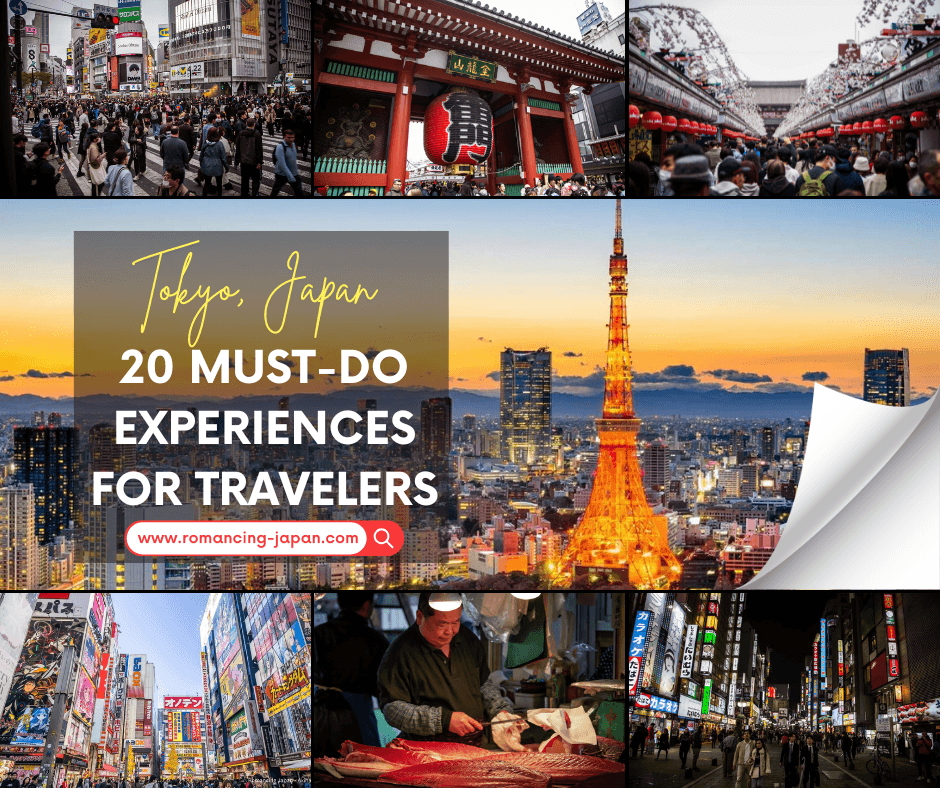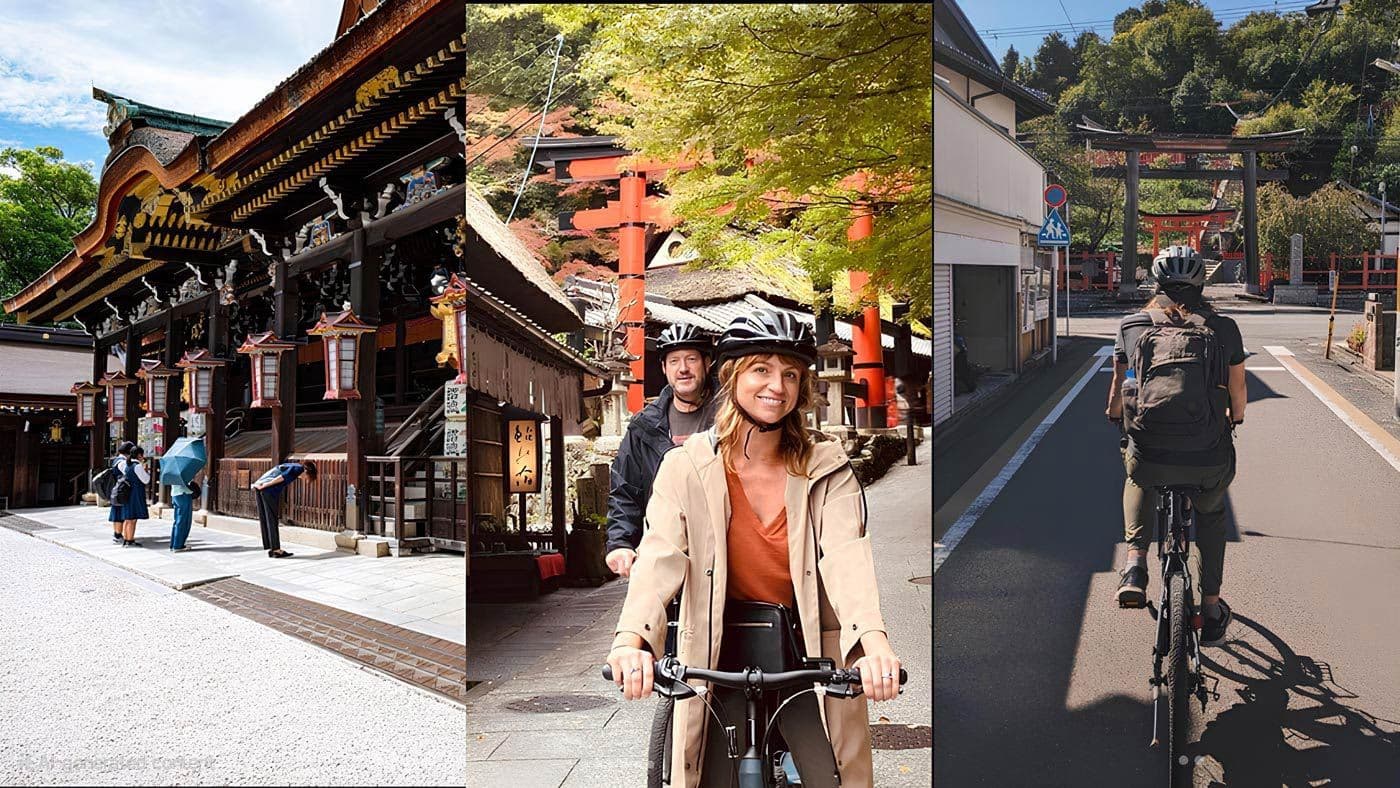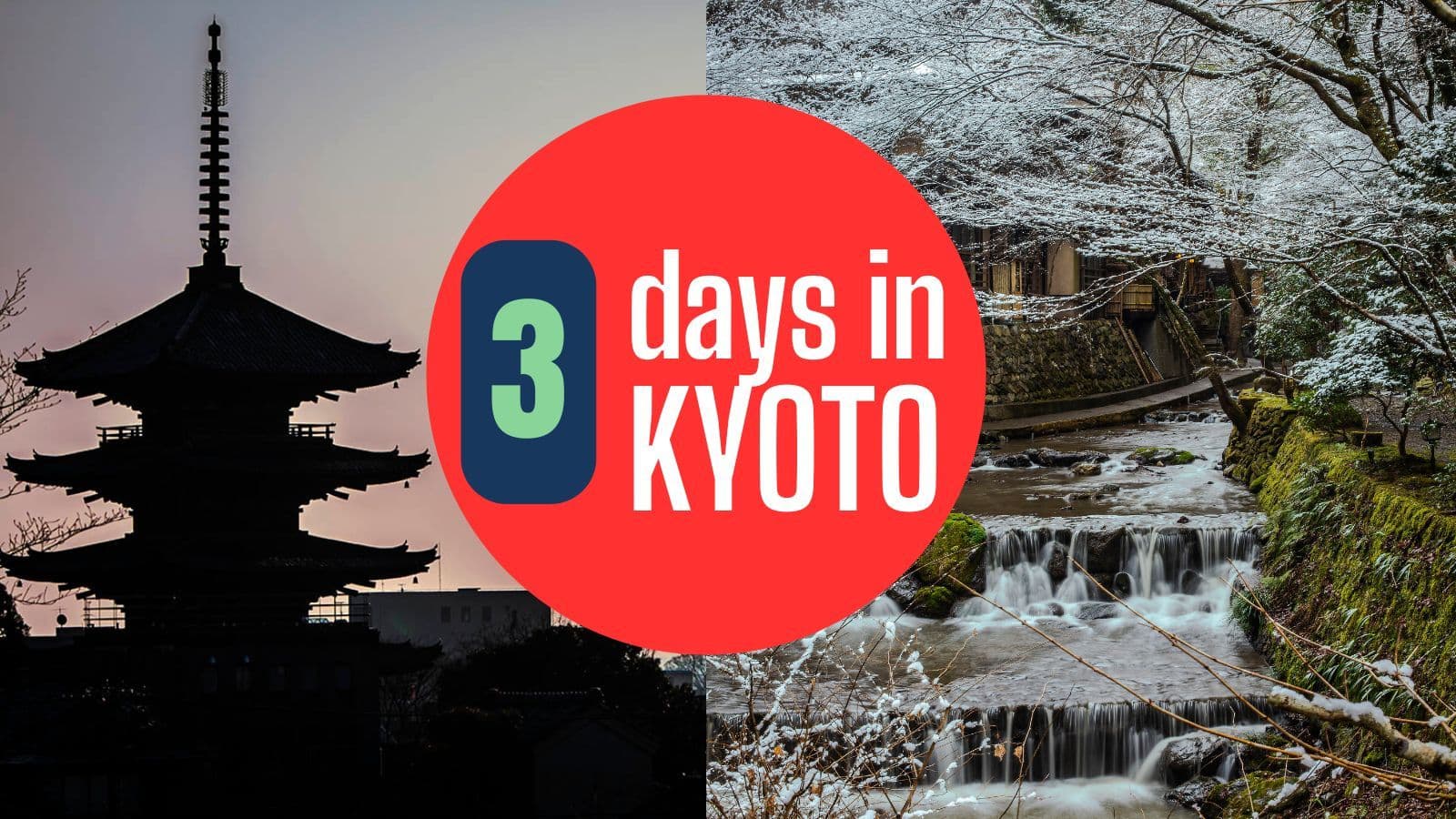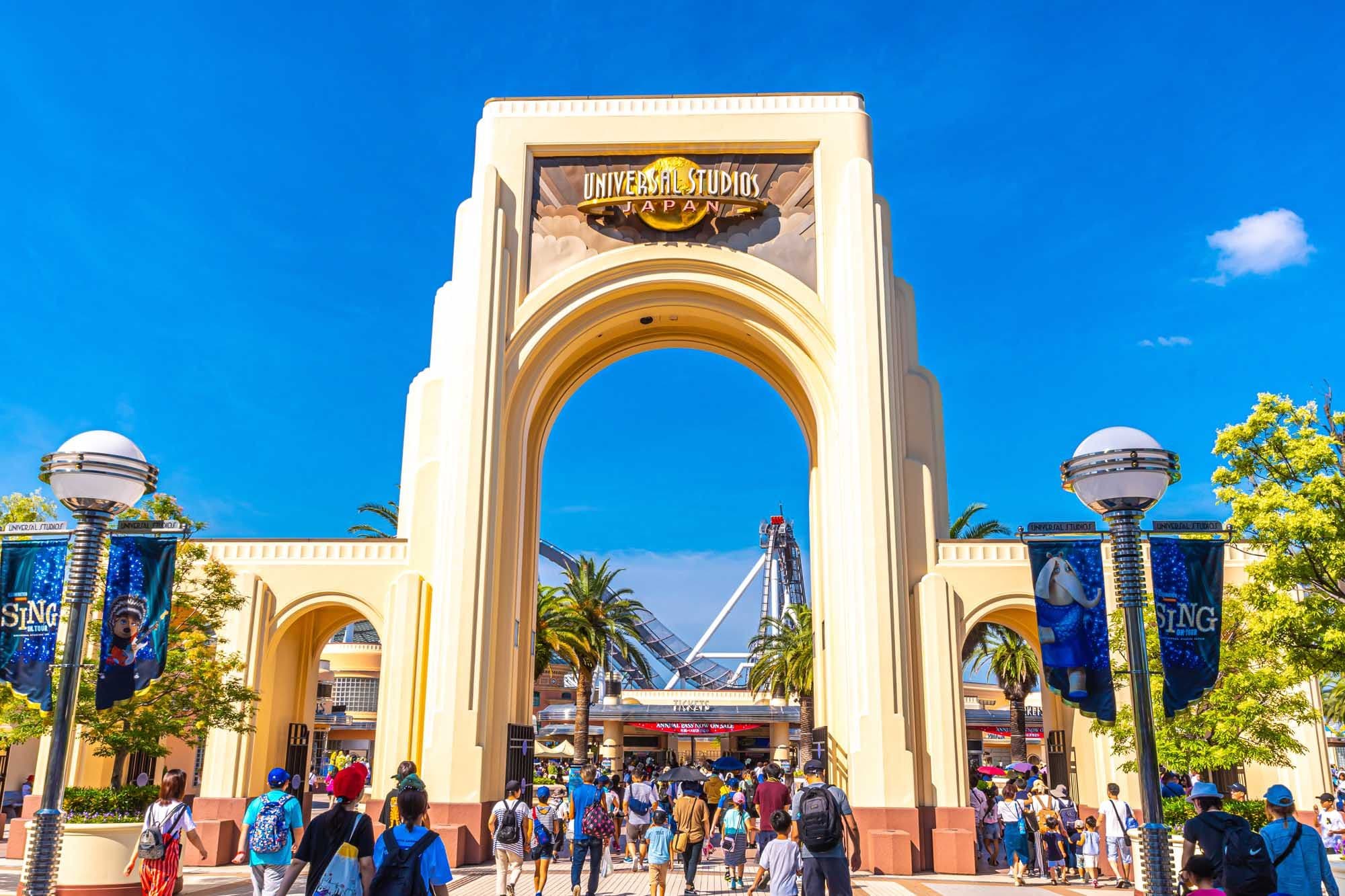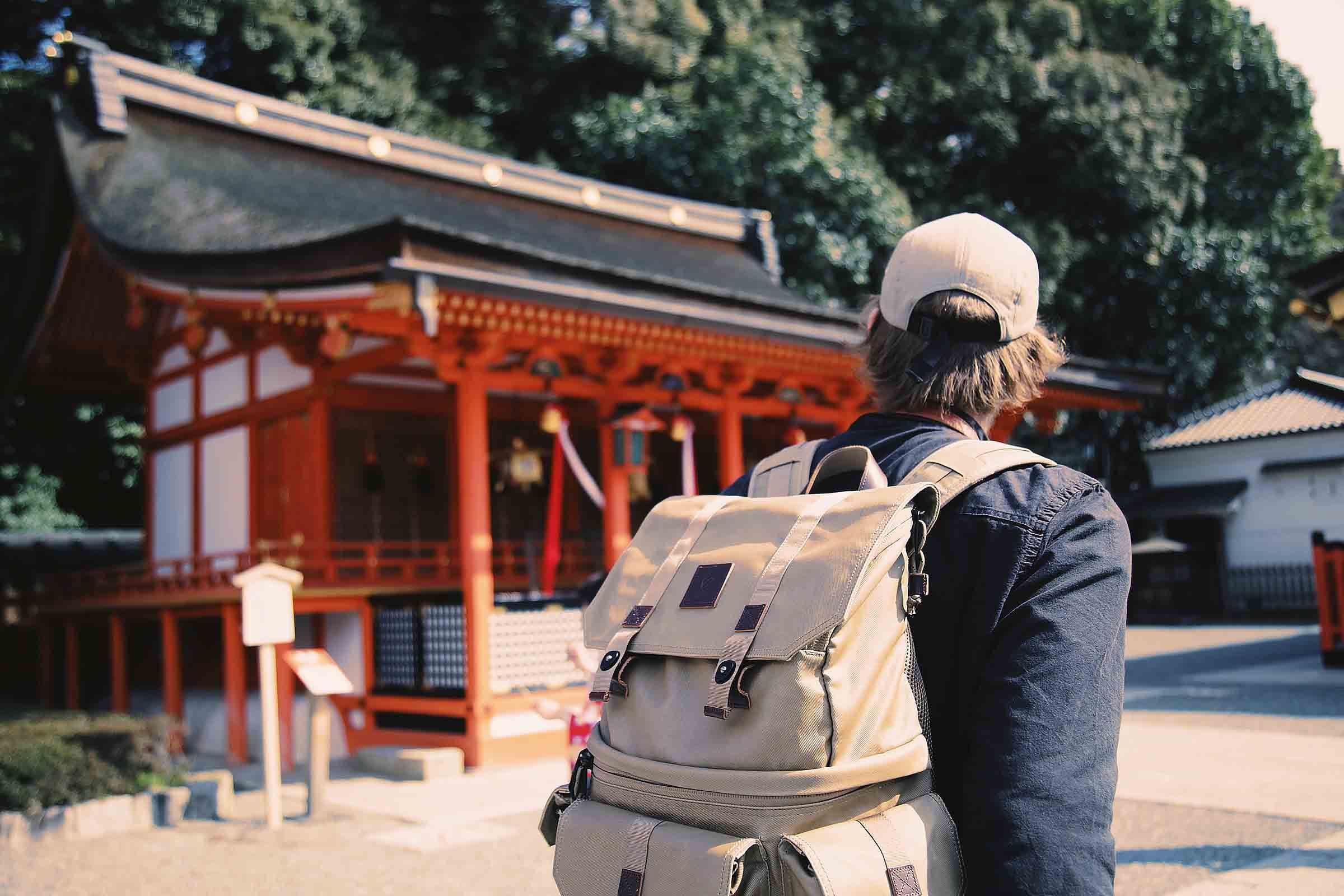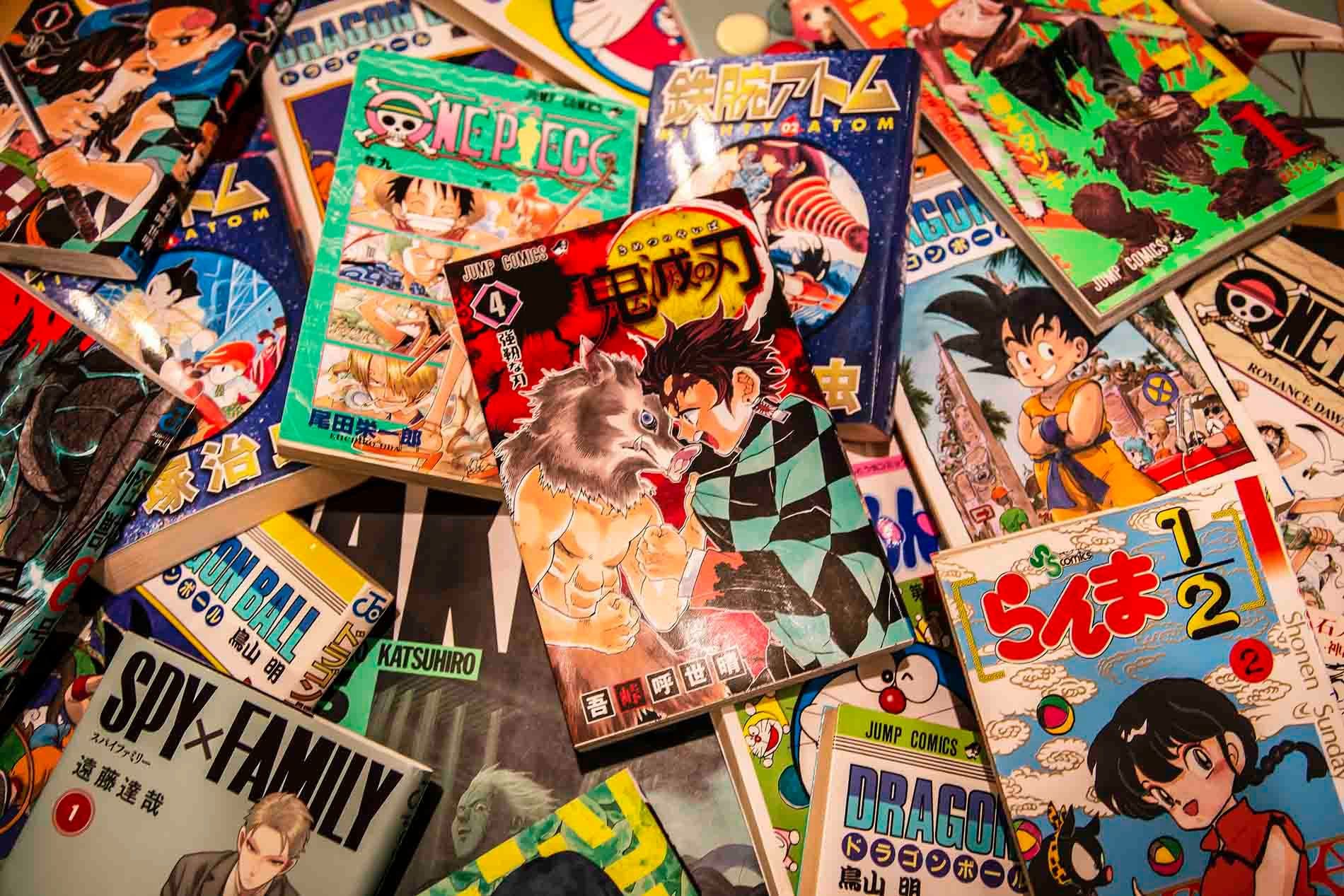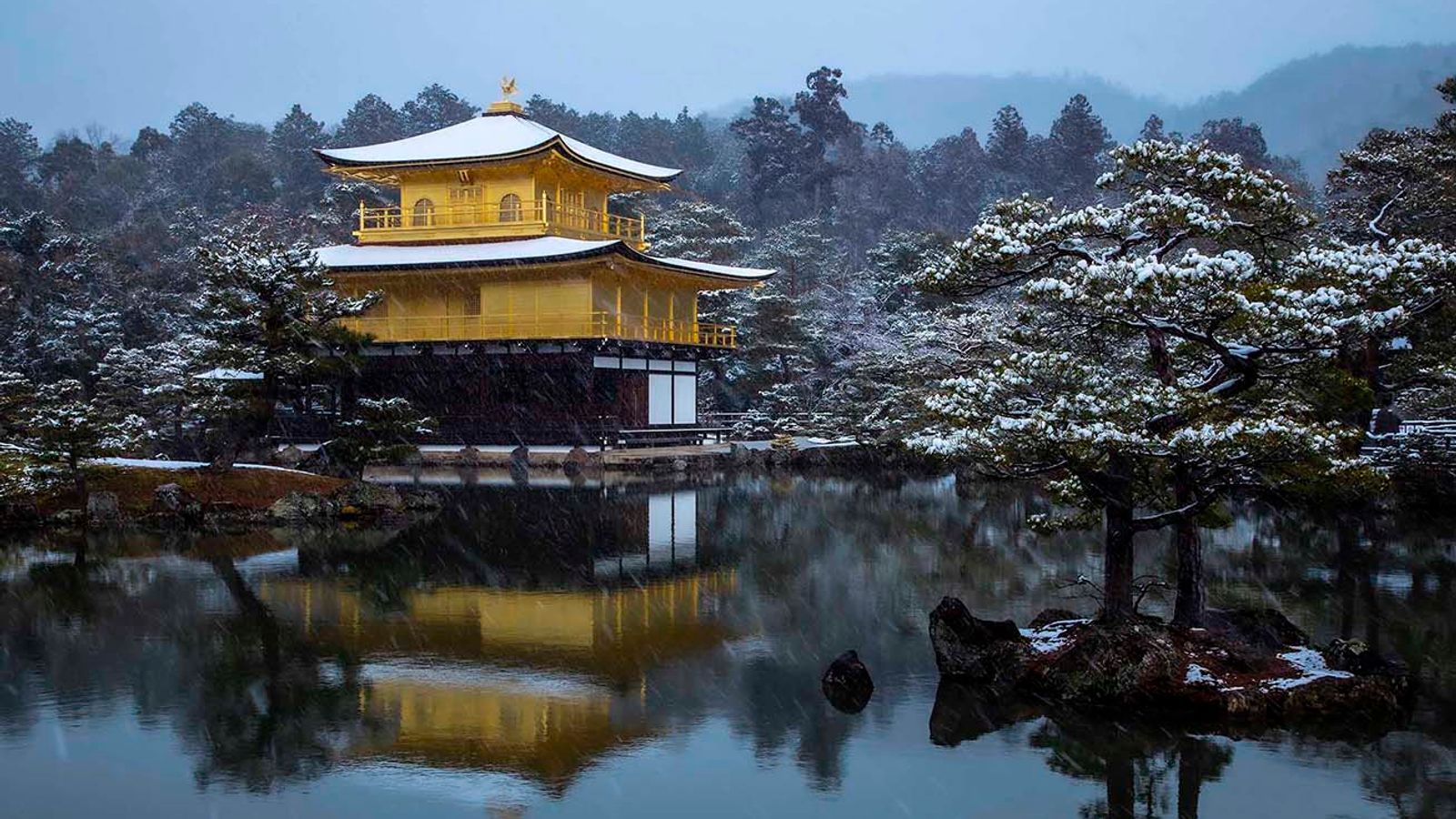
Kinkaku-ji Temple of Kyoto: How to Enjoy the Golden Pavilion
Akari Saunders-Wyndham

Akari Saunders-Wyndham
Table of contents:
Kinkaku-ji Temple (金閣寺 – Kinkakuji), often called the Golden Temple of Japan, is a UNESCO World Heritage site and one of the most popular Kyoto things to do—for good reason. Known for its dazzling gold-leaf exterior and peaceful gardens, this Kyoto temple is high on the list for many visitors to Kyoto.

If you’re wondering whether Kinkaku-ji is truly worth the trip, let me clear that up right away: Yes! The Golden Temple of Japan offers an iconic view that’s instantly recognizable around the world.
Whether it’s a calm reflection shimmering in the temple’s pond on a sunny day or a dusting of snow on a cold winter morning, Kinkaku-ji Temple feels like stepping into a living postcard.
Local Insight:
I drive by Kinkaku-ji Temple several times a week and I can confirm that the Golden Temple can get very crowded at certain times However, Kyoto's golden temple is a must-see location for everyone and I do recommend you see it.
Japan has been in the news these days because of the issue of overtourism. And the truth about Kyoto tourism is that some of famous tourist spots around Kyoto become overcrowded at peak hours.

Soon after you enter, you’ll spot the Golden Temple across its mirror-like pond. This is the classic photo vantage point. However, it’s also the spot that gets the most crowded. Be mindful of your surroundings:

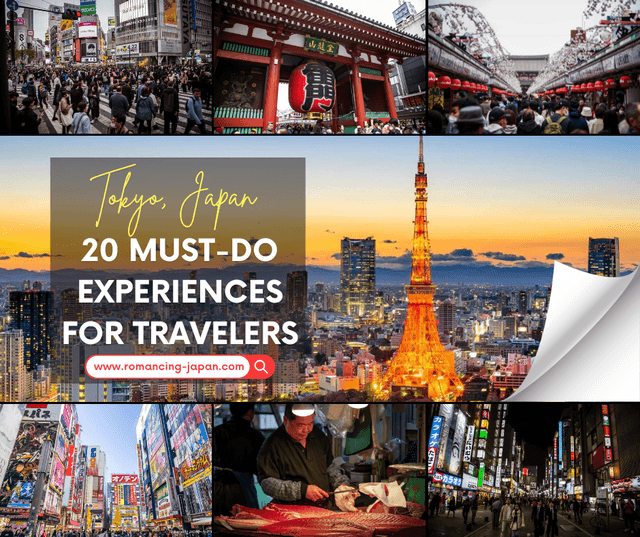
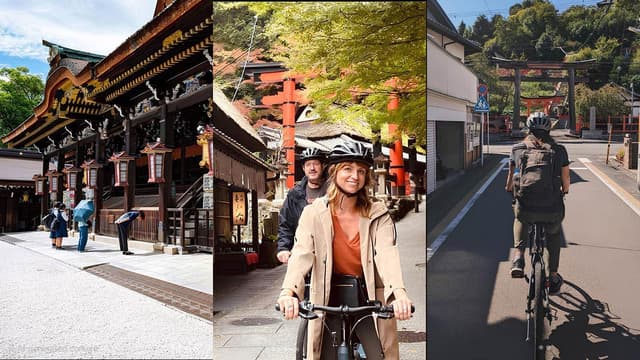
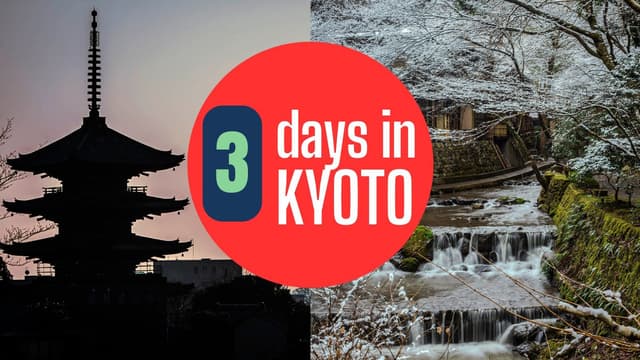
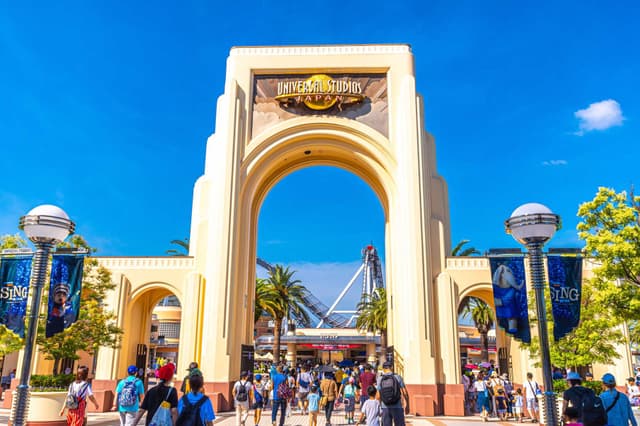
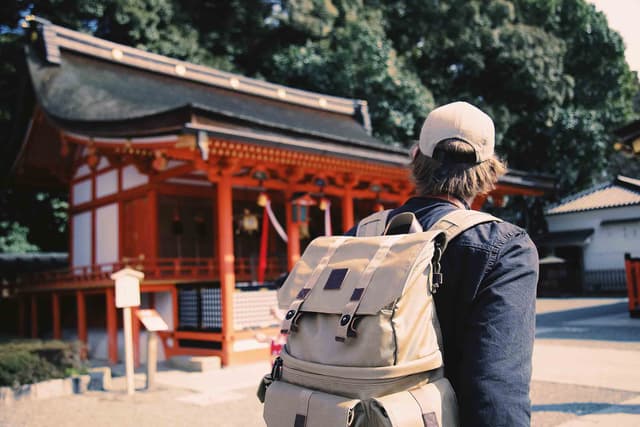
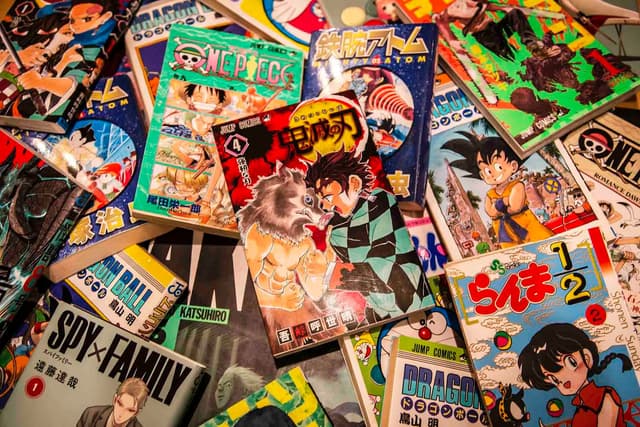
There’s no direct train line to Kinkaku-ji Temple in Kyoto (金閣寺), so you’ll likely rely on Kyoto’s bus network:
Local Insight:
Originally a retirement villa for the shogun Ashikaga Yoshimitsu in the 14th century, Kinkaku-ji later became a Zen Buddhist temple after his death. Over the centuries, it endured various fires, with the current structure being a faithful reconstruction completed in the mid-20th century.

The Golden Temple, with its two floors, is covered in real gold leaf. When the sunlight hits just right, the reflection off the gold against the pond is mesmerizing.

Make time to wander the landscaped gardens of Kinkaku-ji Temple. Each element, from stone lanterns to moss-covered rocks, is intentionally placed to embody the Zen principle of harmony between nature and architecture.
📍 Kinkaku-ji Temple
📍 Address:
1 Kinkakujicho, Kita Ward, Kyoto, 603-8361
🎟 Admission Price:
⏰ Opening Hours:
9:00 AM - 5:00 PM
🚫 Closed Days:
Open all year
🔗 Official Website:
Visit HereYes, the top two floors of Kinkaku-ji (the Golden Pavilion) are indeed covered in real gold leaf. While it’s a thin layer, it’s genuine gold that gives the pavilion its famous shimmer. Over the centuries, the temple has been renovated multiple times to maintain that golden brilliance you see shining across the pond today.
Technically, no train station is right next door to the temple. The closest major options are: - Enmachi Station (JR Sagano Line) – About 2 km away. From there, you can catch Bus 204 or 205 directly to Kinkaku-ji. - Kitaoji Station (Karasuma Subway Line) – Around 2.5 km away; also connects to Bus 204 or 205.
It can be extremely crowded, especially during peak travel times like cherry blossom season or mid-afternoon. Visiting early or late in the day helps you avoid the worst of the crowds.
Absolutely. Even during high season, Kinkaku-ji’s beauty is undeniable. Plus, the crowds tend to thin out near opening or close.
Every season has its charm, but winter snow and autumn foliage are especially stunning. If you can handle the crowds, cherry blossom season is also breathtaking.
Loading Comments...

Hi everyone! My name is Akari and I'm a Kyoto native. I've studied English from a young age. I lived in Melbourne, Australia, for couple of years with my husband, James. However, I wanted to raise a family in my home country. I love cooking Japanese food at home because its much easier than people think. I also love discovering new places around Japan to take my family. I hope that my writing can help you discover more about Japanese culture.
